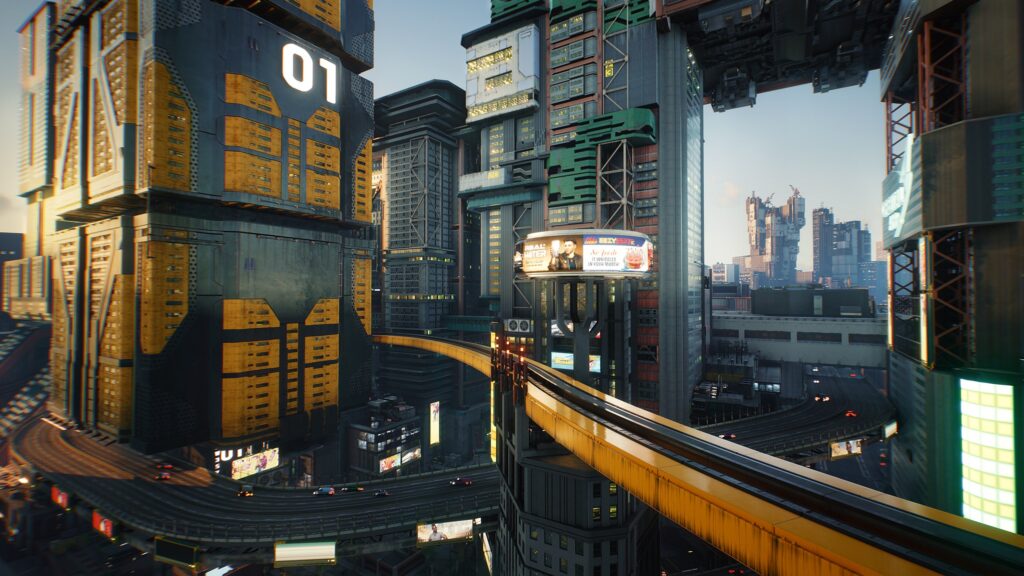Creating a believable and immersive game world is critical to the success of a video game. The intersection of art and game design plays a crucial role in world-building. Environmental art design, character creation and design, concept art, and the user interface all contribute to the overall success of the game. Collaboration between designers, artists and programmers is crucial in ensuring that every element of the game fits within the larger vision of the game world. Continuous iteration and feedback allow developers to refine their ideas, creating game worlds that will be loved and remembered by players long after the game is finished.
Building a Believable World: The Intersection of Art and Game Design
Creating a video game is a complex process that involves many different aspects, from programming and game mechanics to storytelling and characterization. One of the most critical components is the creation of a believable and immersive game world, where players can fully immerse themselves in the experience. In this article, we’ll explore how the intersection of art and game design is used to build a believable game world.
The Importance of World Building
A well-crafted game world sets the stage for the story and gameplay, creating a cohesive experience for players. Without a solid foundation, players can feel disconnected or uninterested in the game’s narrative, rendering the gaming experience dull and unrewarding. The game world helps create a sense of realism and believability that draws players into the game, making it easier for them to suspend their disbelief and immerse themselves in the game’s world.
The Role of Art in World Building
Art plays an essential role in world-building. Environmental art design, character creation and design, concept art, and even the user interface all contribute to the overall success of the game. Each element needs to be considered individually and as part of a larger whole, enhancing the player’s experience of the game.
Environmental Art Design
The first thing a player notices when they start playing a game is the environment they find themselves in. Whether it’s a sprawling open world or a claustrophobic dungeon, creating the right environment is essential. Environmental art design incorporates elements like graphic design, color palettes, scale, layout, and lighting to create a space that feels real, immersive, and visually stunning. It could include things like architecture, flora and fauna, bodies of water, and weather that all work together to create a cohesive and believable environment that adds to the player’s experience.
Character Creation and Design
Characters are the heart of the game. They help drive the story forward, and they also serve as the player’s in-game avatar. Creating well-designed and relatable characters that fit within the game world is critical to the player’s immersion. Developing unique and compelling characters requires an eye for detail and understanding of the game’s mechanics and story. Each character should have clear personalities, backgrounds, and motivations that help them fit naturally into the game world, while also enhancing the player experience.
Concept Art
Concept art plays a vital role in visualizing and developing the game world. It provides a glimpse into the game world’s overall look and feel, allowing developers to build upon and refine their ideas. Concept art typically includes sketches, drawings, and 3D models that help visualize the game’s characters, environments, and objects. These concepts act as a guide for the artists, helping them stay consistent with the game’s overall design and world-building.
User Interface
The user interface (UI) is the medium that connects the player to the game world. It acts as a bridge between what the player wants to perform and the game world’s mechanics. A well-designed UI should be intuitive, conveying essential game information without overwhelming the player. UI elements like menu screens, health bars, and weapon displays should complement the game’s design, making it easy for players to interact with the game world.
The Intersection of Art and Game Design
The intersection of art and game design plays an important role in world-building. Designers, artists, and programmers must collaborate to create a cohesive and immersive game experience. They should work together to ensure that every element, environment, character and concept of the game fits within the larger vision of the game world. This intersection of art and game design requires extensive communication and collaboration, as well as a shared understanding of the game’s mechanics, world, and story.
Iteration and Feedback
Developing a believable game world requires a lot of iteration and feedback. The art and design teams need to work closely together and continually iterate on concepts, making sure that everything fits within the larger vision of the game world. This requires open communication and feedback, allowing both teams to refine their ideas and create a cohesive game experience.
Testing and User Feedback
Finally, it’s essential to test each element of the game world and receive feedback from users. Playtesting allows developers to identify potential problems and make necessary adjustments. User feedback offers developers a direct line to understanding the player’s experience of their game world, how well it resonates with them and how it could be improved.
Conclusion
World-building is a critical aspect of game design. Creating a believable and immersive game world requires collaboration between artists, designers and programmers, as well as continuous iteration and feedback. The intersection of art and game design is where a world comes alive, allowing players to fully immerse themselves in the experience. By focusing on art, testing and feedback and appreciating how each element of a world works to create a cohesive immersive experience, developers can create game worlds that will be loved and remembered by players long after the game is finished.
